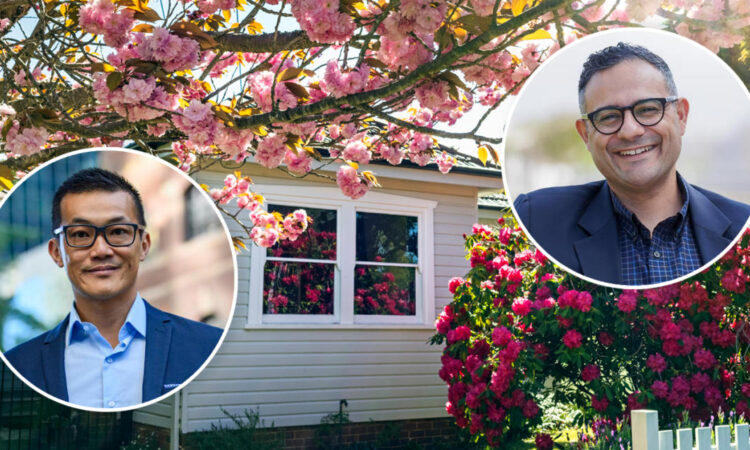
If you’re seeking passive income to defray the cost of living, property investing probably doesn’t come to mind. Your loan repayments will almost certainly be more than the rental income, i.e. negatively geared.
It’s the bedrock of many an Aussie’s long-term wealth-building and tax minimisation strategy, but certainly not a way to pay the bills today. Some Australians, however, are making tens and thousands of dollars in net income through an increasingly popular strategy – if they have the stomach for its risks.
“Rentovating” involves building a granny flat (or adding another storey) attached to your home or investment property to rent it out.
Do you have a story to tell? Contact yahoo.finance.au@yahooinc.com
There is the potential to make a lot of money because a loan for a renovation is usually less than a mortgage and renovating is cheaper than buying a new house, yet you can earn rental income almost as high as renting out a stand-alone house.
Ninus Kanna, director of mortgage broker Cardinal Finance, said one of his clients who did just that now takes home an extra $15,000 per year, even after loan repayments.
RELATED:
“They paid $150,000 for [the granny flat]. They took out a construction loan,” Kanna told Yahoo Finance.
“And then the granny flat was rented out for about $500 a week. They were renting out the house for $600 or $650 a week.”
Not your granny’s flat: rent-friendly renos
Kanna said the size of modern granny flats and their perky condition compared to most house offerings means clients can charge such high rents.
“It’s a new build, and they can squeeze in three bedrooms and two bathrooms,” he said.
However, he acknowledged there are drawbacks.
There usually isn’t a garage space for the renter’s car. Inflation has also seen construction costs rise, which means it may take longer to recoup your upfront building costs.
Dealing with government and councils
Ray Kan, a financial adviser and founder of Daintree Wealth, is more wary. He pointed out other costs, both building and regulatory.
“Maintenance, of course, because it’s a physical asset,” Kan told Yahoo Finance.
“It’s going to have to meet DA (development approval) guidelines. It’s going to have to comply with council regulations, and so there’s development risk. You’re basically becoming a property developer.”
Kanna is more positive on the upfront costs and ease of building.
He said the regulatory regime is “benign” and that the strategy of “densifying” existing lots fits with state and federal government desires for “urban infill”, where new housing is constructed on vacant or under-utilised lots.
Working with builders: Simple or stressful?
Kanna was also optimistic about the ease of building a rent-friendly granny flat.
“There are a lot of builders out there who just focus on granny flats,” said Kanna. “They are able to provide a turnkey solution.”
Kan, however, is more cautious. He recalled a client who built a granny flat on an investment property, which turned out to have water leaks.
“She ended up having to go through a three to five year court process,” he said.
“[She] didn’t get much out of the developer, because he kept on closing down and reopening under a different name. And then she had to pay for another builder to fix it all up. The stress [is] the intangible, non-financial cost of it all.”
He urged homeowners to also consider other personal costs.
“If it’s in your own home, you’re giving up the utility value of your backyard. You’re compromising on having to live with someone… you’re compromising on your privacy,” Kan said.
More affordable than most property investments
For those willing to deal with such upfront costs and risks, however, “rentovating” is at least relatively affordable.
“This is something the average salary worker could consider,” Kan said.
“Most people in Australia who have owned a home for five years, even three years now would have some equity in their home… they can simply go back to their bank or go to their mortgage broker and say ‘this is my home, I’d like to make some more income out of it’.”
Get the latest Yahoo Finance news – follow us on Facebook, LinkedIn and Instagram.
